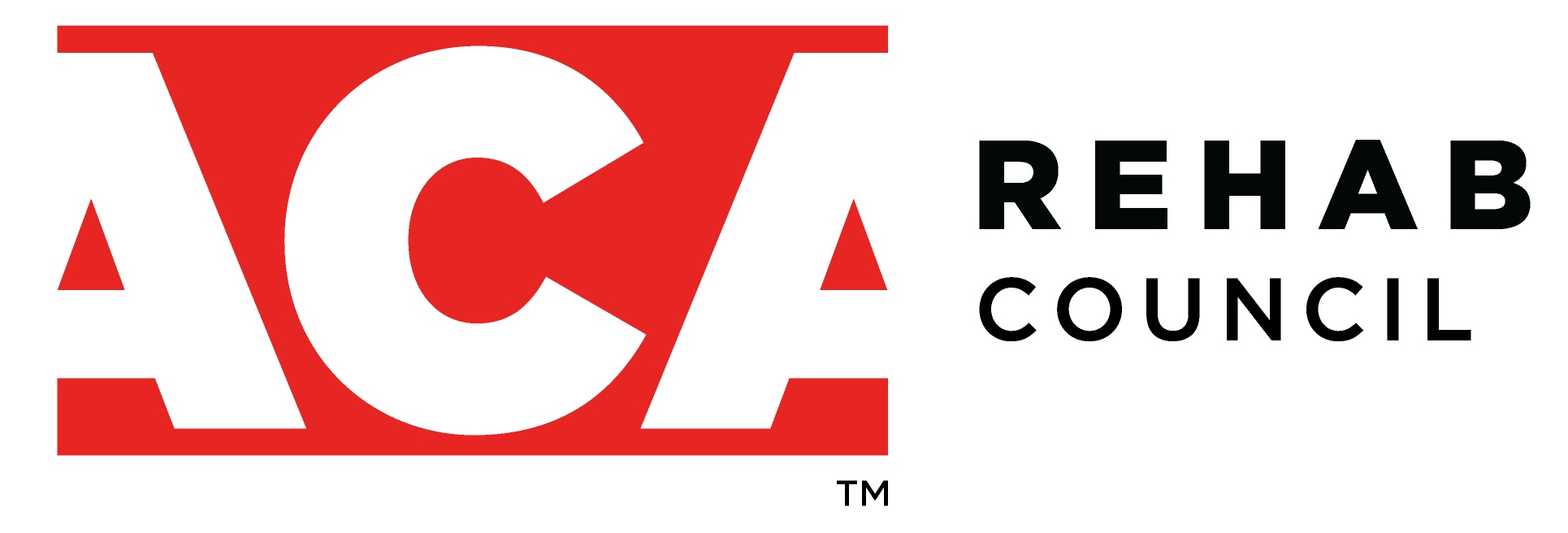FIFA+
Student Club Lesson Plan
Objectives:
1) Introduce the FIFA 11+ and F-MARC
2) Explain warm-up principles in sport
3) Practice and engage with the exercises of the FIFA 11+
4) Break out elements as they pertain to principles of Rehabilitation
Resources:
FIFA 11+ Sheet:
https://www.sportsphysiotherapy.org.nz/documents/Injury%20prevention/fifa%2011.pdf
FIFA 11+ Manual:
http://www.yrsa.ca/pdf/Fifa11/11plus_workbook_e.pdf
FIFA Diploma in Football Medicine:
https://www.fifamedicinediploma.com/medicin-diploma/
*some images may be available throughout or at the end of this document
Introduction:
The International Federation of Association Football (FIFA) is responsible for the international tournaments and promotions of football (soccer to us), most notably, the World Cup. Their Medical Assessment and Research Center (F-MARC) was established in 1994 to “to protect the health of female and male football players on all levels of skill as well as to promote football as a health-enhancing leisure activity.” In their pursuits to protect the health of the football athlete, they promote the FIFA 11+ warm-up program. When performed at least 2x/wk, teams had 30-50% fewer injured players compared to those teams who warmed up as usual (Soligard et al 2010).
As health providers it’s necessary to explore principles of exercise, sport, and rehabilitative medicine. Here, we see a dynamic program with progressions that are suited for persons of all skill levels across the lifespan. Not only can we learn the 11+ as a warm-up, but we can also break it down into it’s component parts to understand why it works they way it does AND discover ways to implement these principles into our clinical practices.
Pathways:
Anatomy
Each move will engage different trains/lines/slings. Take the opportunity to discuss the integrated action of each of these
(Example: Exercise 7 “The Bench” is a plank which causes isometric activation of the superficial front line)
Assessment
While the FIFA11+ is not formally intended as an assessment, the movement competency shown in different exercises may offer insight to dysfunction, especially if there is associated pain. From here, discuss which orthopedic and/or neurologic exams would be best to assess a patient.
(Example: Exercise 10 “Single-Leg Stance” can be used to assess coordination and balance. Look for valgus in the knee joint, hip hiking, or pelvic rotation. Follow up with ortho or manual muscle testing (MMT) to address dysfunction)
Cases
Students in their clinical rotations may have worked with patients whose cases could be discussed. Consider:
-Football players as patients
-Athletes as patients
-Cases that integrate full body mechanics
-Cases that follow pertinent movement trains/lines/slings
-Theoretical examples ccptbased on above assessment findings
Exercises
The FIFA 11+ builds on each exercise getting more dynamic throughout the program. While the program already offers a series of three progressions, it can be taken further with more progressions and regressions to meet the needs of the group.
(Example: Exercise 9 “Hamstrings” can be regressed to banded hamstring curls, or progressed further to integrated movements incorporating a shoulder motion)
*Remember, active care prescriptions should be ramped up or down to meet the needs of the patient.
“Find the hardest thing you do well that is linked to your goal” ~Dr. Craig Liebenson
References:
Soligard T, Nilstad A, Steffen K, et al Compliance with a comprehensive warm-up programme to prevent injuries in youth football Br J Sports Med 2010;44:787-793.
Author: Mat DiMond DC DACRB, is an associate professor at the University of Bridgeport’s School of Chiropractic.
